In almost every story I share from Bình Thuận, the dragon fruit finds its way in. It is not only a distinctive fruit with a striking appearance but also the backbone of local agriculture and livelihoods.
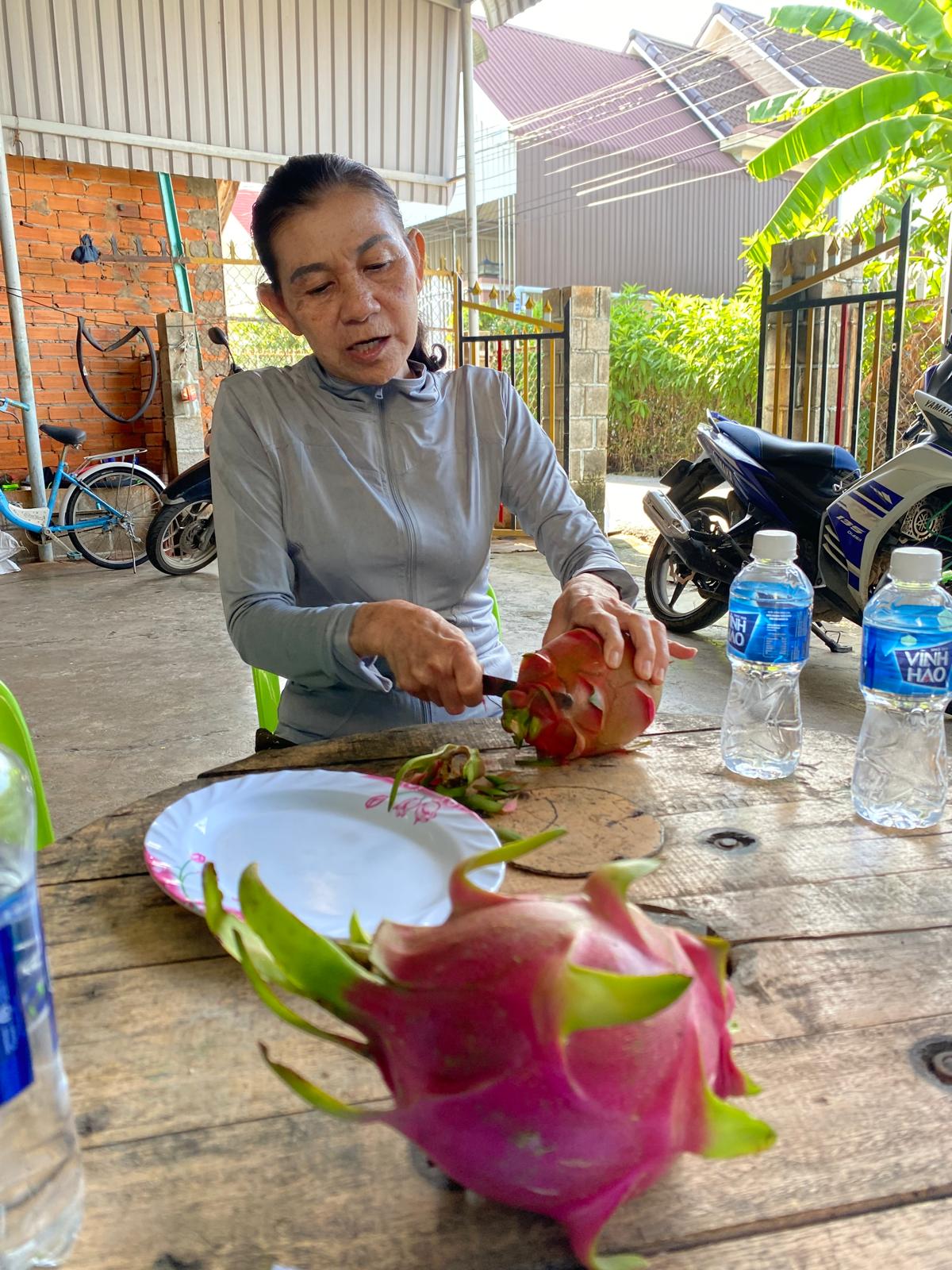
Dragon fruit, also known as pitaya or pitahaya, comes from a climbing cactus of the Hylocereus genus. Originally native to Central and South America, it has spread across the world and is now widely cultivated in Asia, with Vietnam among the largest producers. The fruit is easily recognizable: vibrant pink, red, or yellow skin with green scales, and flesh that may be white, red, or purple, dotted with tiny edible black seeds. Its flavor is mild and subtly sweet, often compared to a cross between kiwi and pear. Beyond its beauty, dragon fruit is rich in antioxidants, fiber, and essential minerals like magnesium and iron, making it both nutritious and refreshing.
Cultivation and Harvest
Growing dragon fruit requires warm, sunny conditions and careful management. Farmers usually plant cuttings near concrete or wooden posts, which support the cactus as it climbs. The plant thrives in sandy, well-drained soils and needs moderate irrigation to avoid root rot.
The dragon fruit’s large, fragrant flowers bloom only at night and last just a few hours. In nature, they are pollinated by bats and insects, but in Vietnam, farmers often carry out hand pollination, sometimes in the middle of the night, to ensure fruit development. After successful pollination, the fruit matures within 30 to 50 days.
To extend the harvest season, farmers in Bình Thuận have developed innovative techniques, such as using electric lights in the fields to encourage off-season flowering. This allows them to supply dragon fruit nearly year-round.
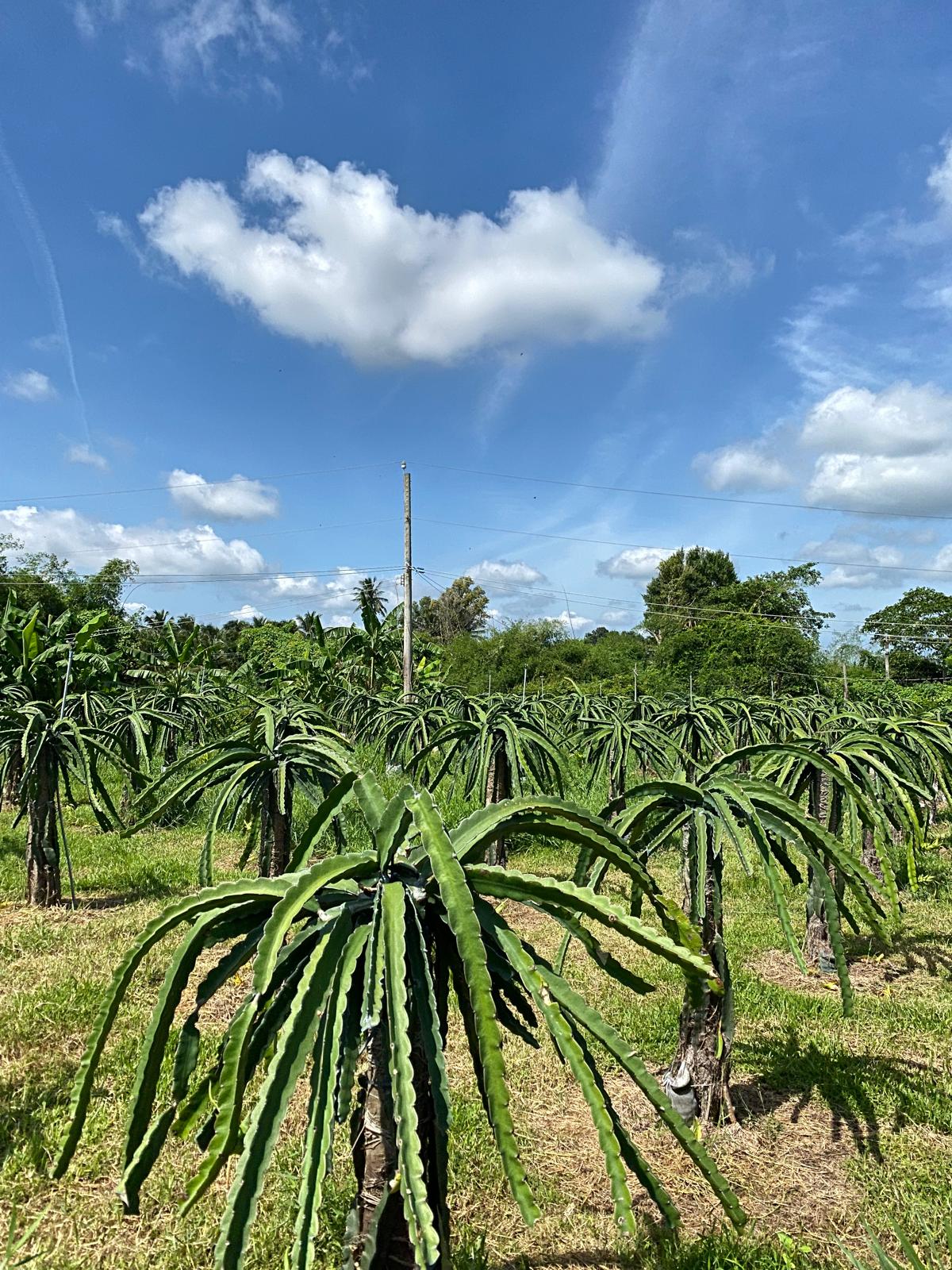
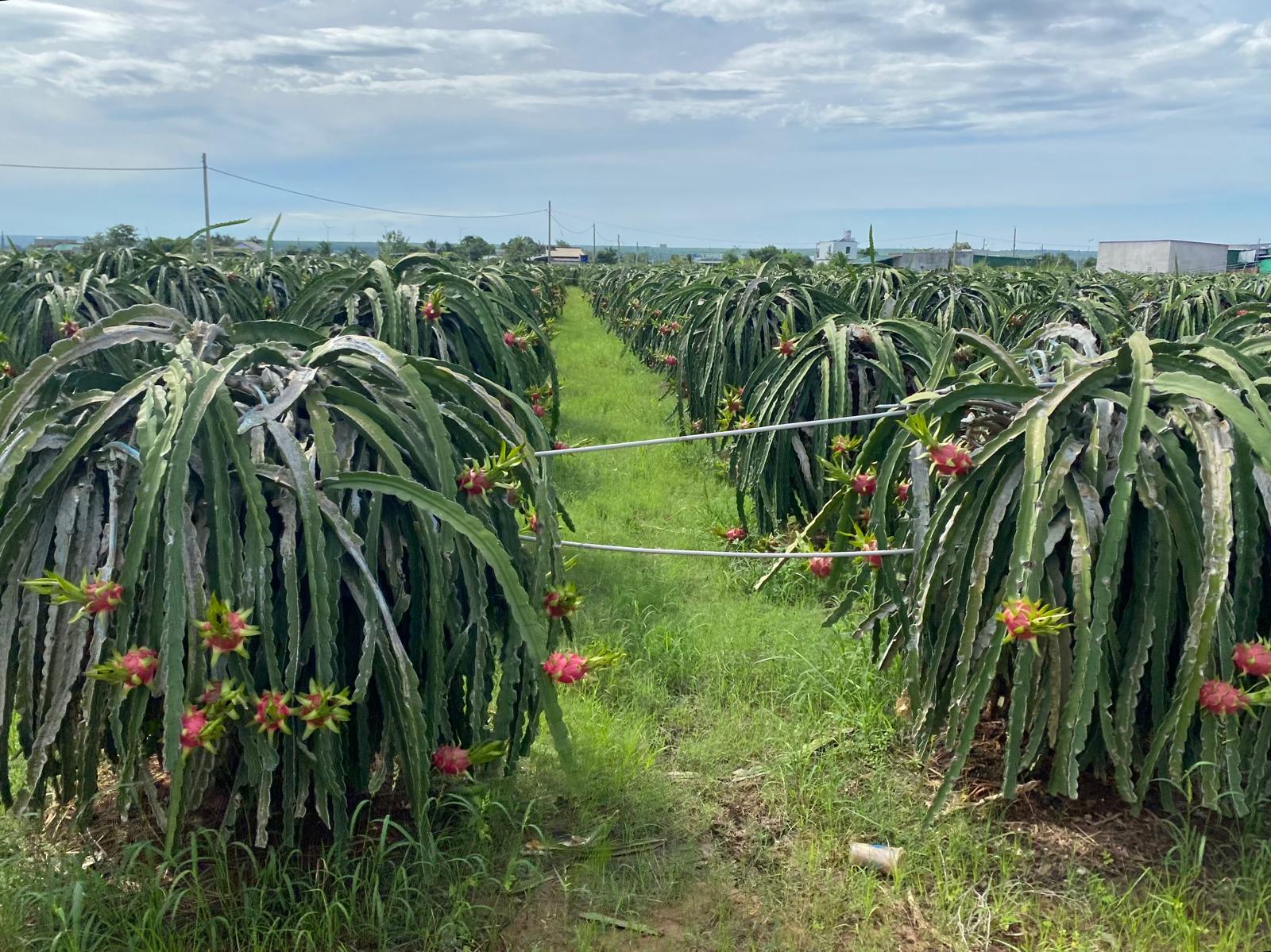
Economic Importance
Bình Thuận Province is the heart of dragon fruit cultivation in Vietnam. Vast fields of cactus stretch across the landscape, and for many farming families, this crop represents their main source of income. However, the market is unstable. Demand is heavily influenced by China, the primary buyer of Vietnamese dragon fruit, which means prices often fluctuate and can drop to very low levels. This instability creates uncertainty for local farmers.
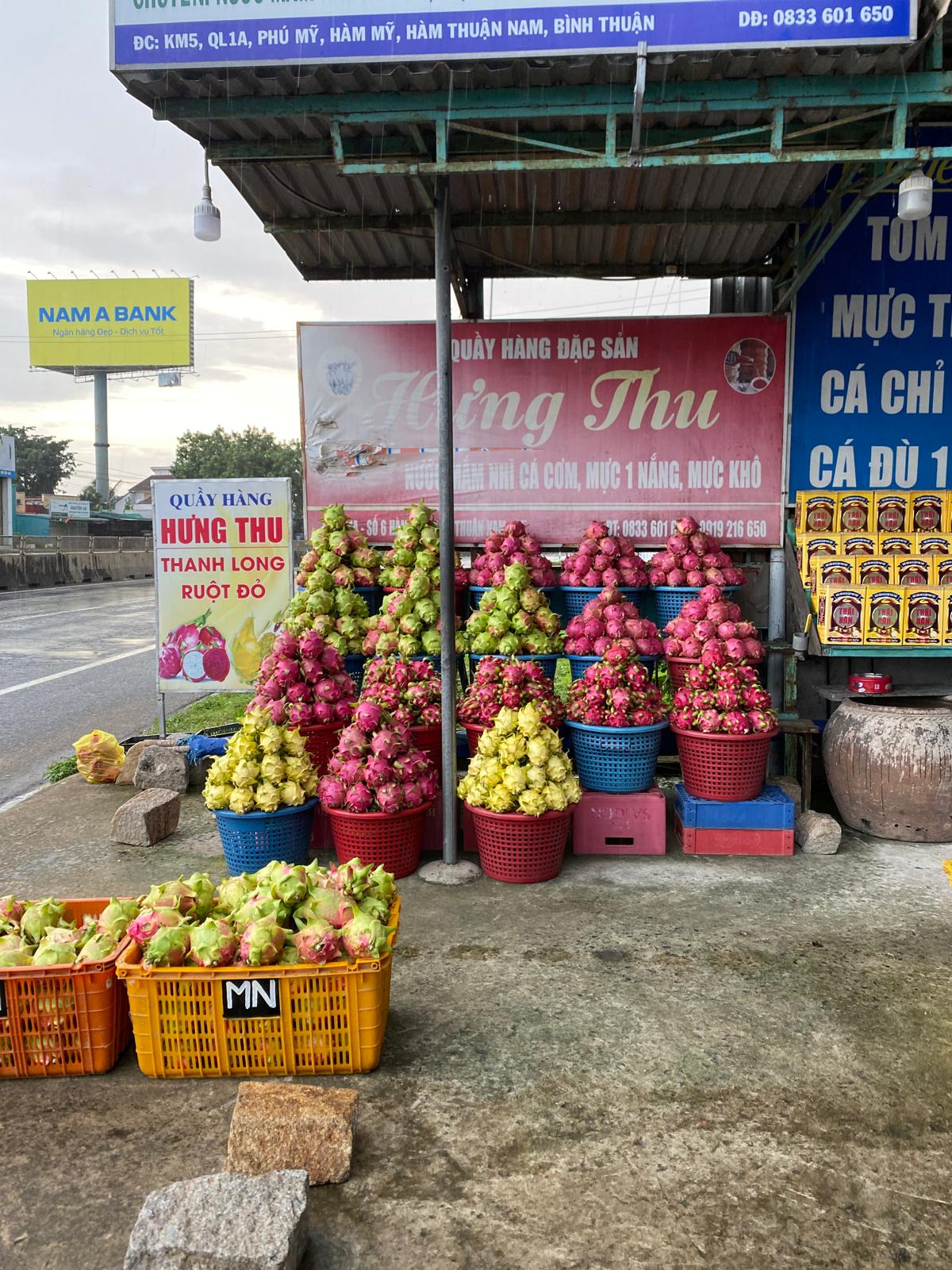
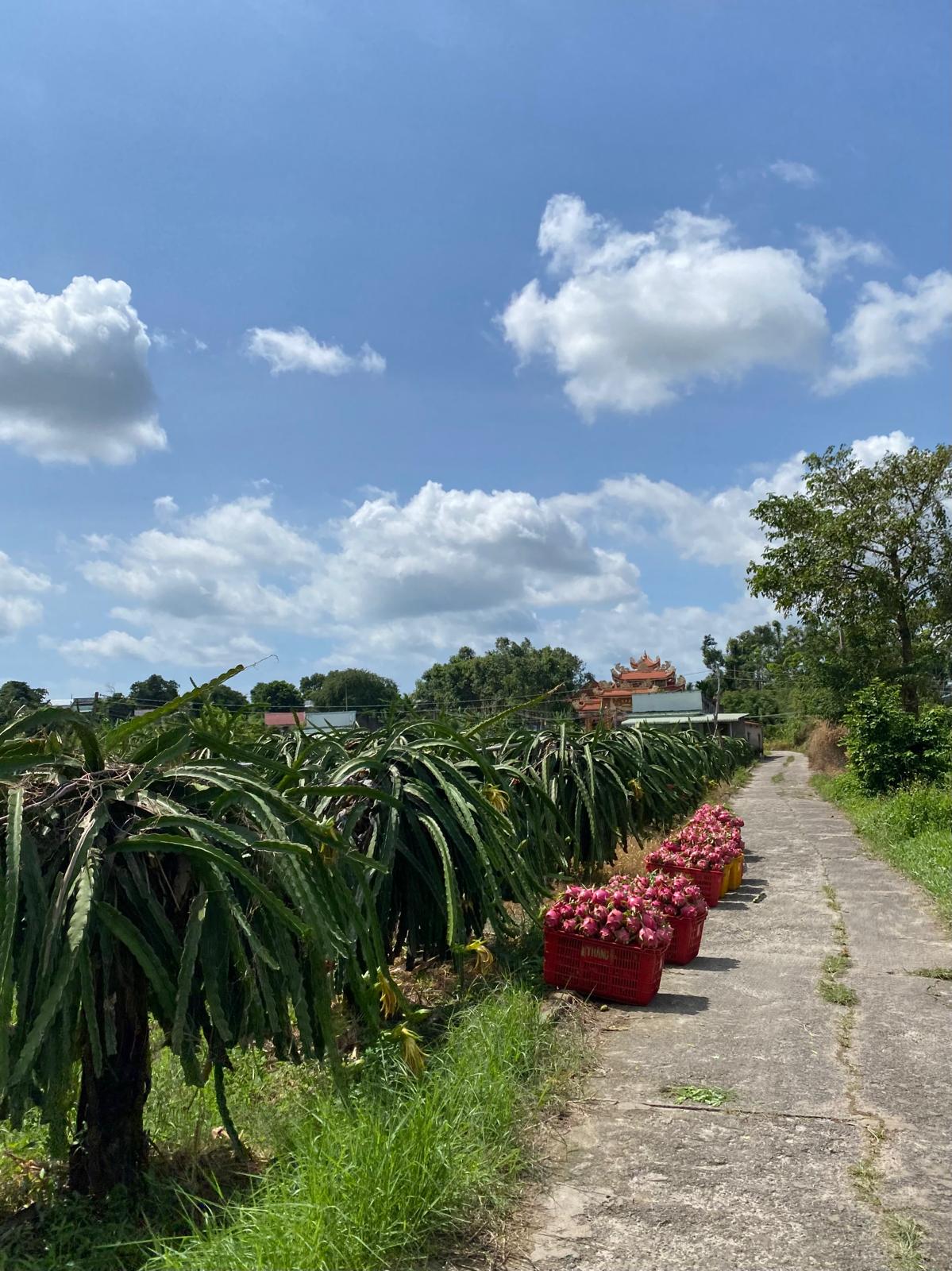
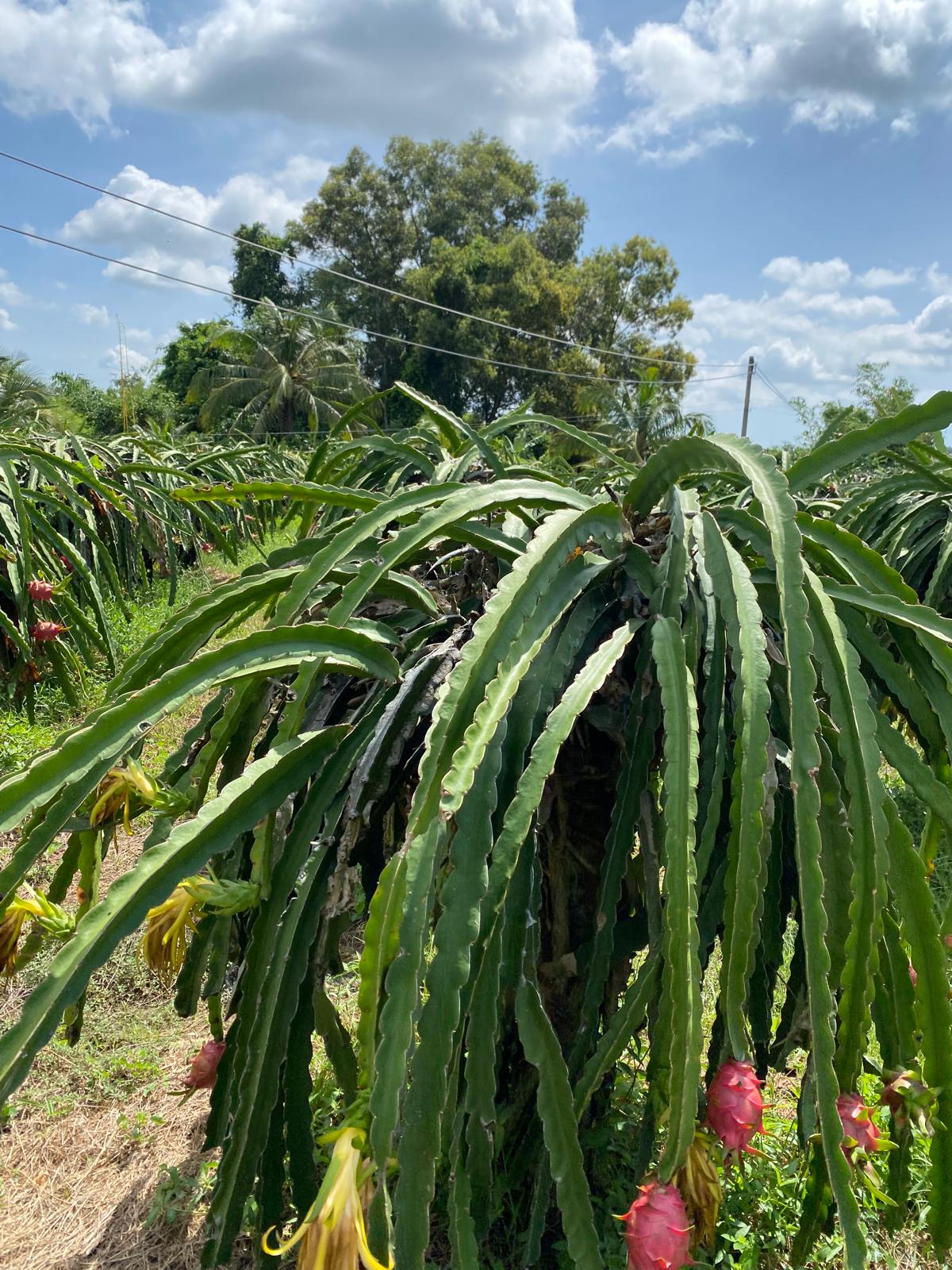
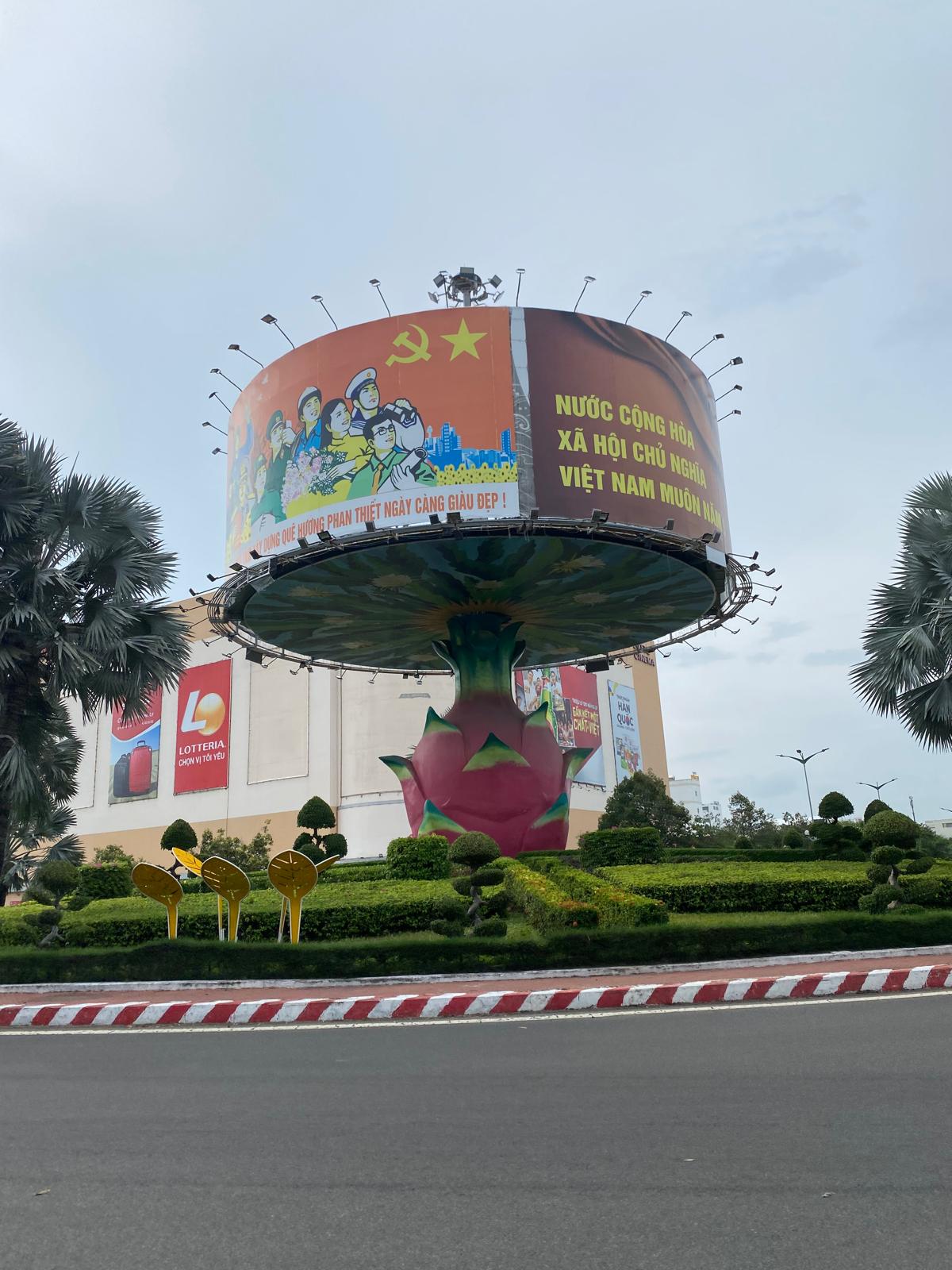
More Than Just a Fruit
Dragon fruit is more than a beautiful tropical fruit, it is a vital part of the cultural and economic fabric of Bình Thuận. While its striking appearance attracts global consumers, for the local families here, it symbolizes resilience, adaptation, and the ongoing struggle to balance tradition with market realities.
Leticia